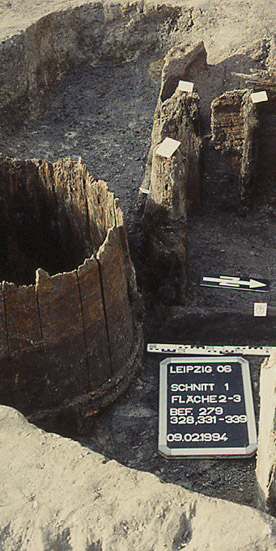Urban Hygiene in the Middle Ages – A study of the city of Leipzig

The cities of the „dark“ Middle Ages are commonly viewed as sustaining unhygienic conditions. Urban rivers carried production sewage and, at the same time, were used for the collection of service water. Waste and excrement were simply disposed of on the roads. However, a different picture emerges from archaeological investigations in medieval city cores. Latrines, wells, sewers, canals, and wooden pipelines, as well as historical reference sources, show that there was an understanding of urban hygiene.
This study of Leipzig through high and late medieval archaeological and historical sources is intended to provide an insight into the extensive measures taken to improve urban hygiene. Leipzig became a rich trade fair town in the course of the German eastward expansion. The socioeconomic development of the city must be regarded as a decisive factor in the genesis of hygiene topography.
Thus, this research project aims to review the technological knowledge developed in the course of medieval urban development, taking into account socio-economic aspects and cultural norms of urban hygiene at the time.
Researcher: Jill Rehfeldt
